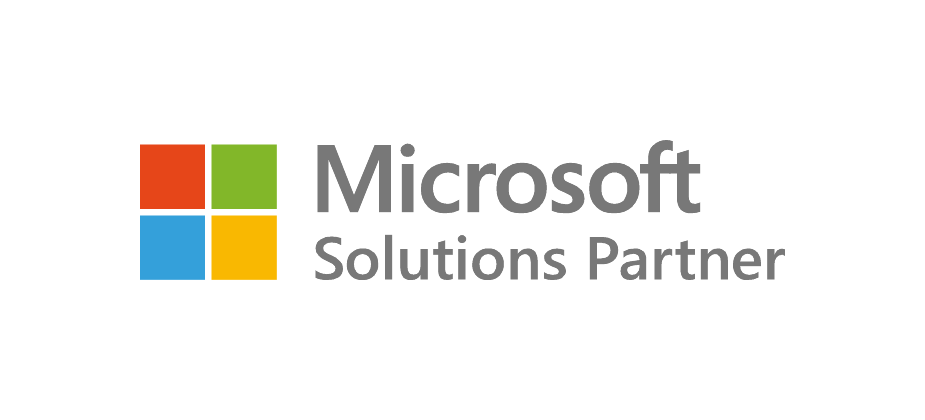
Azure Virtual Desktop (AVD) offers transformative benefits for organizations navigating modern IT challenges. Here’s how AVD empowers enterprises to support remote work, improve security, and control costs.
- Scalability on Demand
AVD allows companies to adjust resources based on real-time demand, providing an agile way to support remote and hybrid work. This scalability is invaluable for organizations facing seasonal workload fluctuations or growth.
- Enhanced Security
Built on Microsoft’s Azure platform, AVD provides robust security features such as data encryption, compliance adherence, and advanced identity management to protect sensitive data.
- Cost Efficiency
AVD’s pay-as-you-go model means you only pay for what you use. This flexibility allows businesses to better manage budgets and optimize configurations for cost-effectiveness.
- Seamless Integration with Microsoft 365
AVD integrates with Microsoft 365, so your team can collaborate with familiar tools, promoting productivity and seamless workflows.
- Flexible Work Environments
AVD’s flexibility supports multiple user types and scenarios, such as temporary workers, contractors, or departments with specific needs. It empowers IT leaders to manage diverse user groups without unnecessary complexity.
Big Green IT: Helping You Maximize AVD’s Potential
As a Microsoft Solutions Partner with an AVD Specialization, Big Green IT will ensure that you get the most out of your AVD environment, from customization to cost control. Contact us today to see how AVD can work for your business!

Recent Posts
- Thinking About Leaving GoDaddy? Discover How to Gain Full Control of Your Microsoft Tenant and Boost Security
- 5 Advanced Security Features of Azure Virtual Desktop for Enterprise Protection
- Top 10 Questions IT Leaders Ask About Azure Virtual Desktop (AVD)
- How Azure Virtual Desktop Simplifies Remote and Hybrid Work for IT Leaders
- Azure Virtual Desktop vs. Windows 365: Which Cloud Desktop Solution is Right for Your Business?
